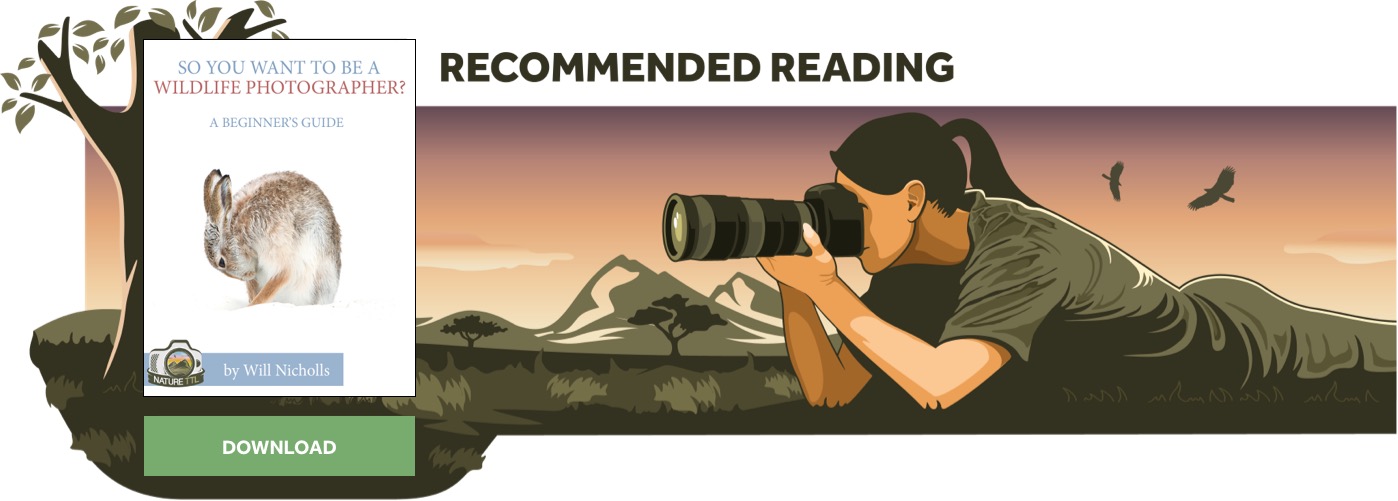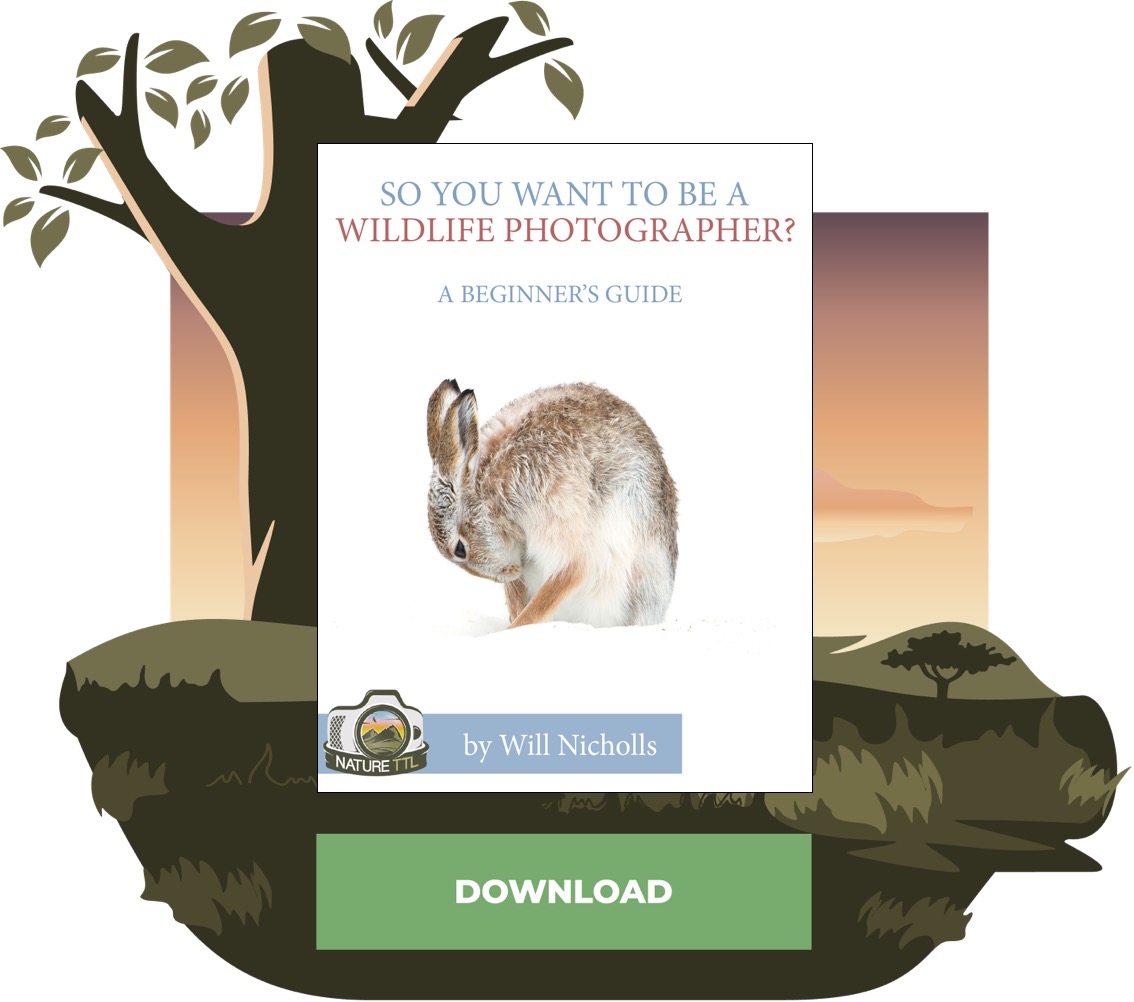Shell Shock: A Tale of Sea Turtle Rescue and Rehabilitation

As a marine biologist, I’ve always been passionate about understanding and protecting the ocean. In fact, I spent years studying and observing wild Atlantic spotted dolphins in the Bahamas with the Wild Dolphin Project.

As I watched the marine mammals and their home become increasingly impacted by humans, I wanted to share their individual stories with the world in hopes of inspiring positive action toward the environment.


Part of my job was to document the dolphins’ behavior underwater with photography and videography. I always loved taking beautiful images of these animals, but I realized I wanted the images to have an impact on conservation efforts.
Photography was no longer just about taking a pretty photo, but about raising awareness for the plight of Earth’s creatures.
I merged my passion for science and visual arts to tell stories right in my backyard in South Florida, with an emphasis on documenting the intersection of humans and nature.

It can seem as though to be a nature photographer you have to travel to remote, exotic locations around the world. The reality is that there are important issues worth covering close to home, and that means you have the time to really get to know and document the issues and the animals.
Living in South Florida and loving the ocean meant I spent a lot of time underwater. I knew the spots to find and photograph juvenile green sea turtles on their feeding grounds, the nursery habitat for young manta rays, hotspots for octopus dens, and more.
I also attended graduate school at Florida Atlantic University in Boca Raton and had a lot of connections with local scientists. When it came time to start finding stories, I turned to them.
One of my first projects, called “Rescue, Rehab, Release,” was to document the human impacts on sea turtles and the wildlife rehabilitators and scientists working to save and study them.
Sea turtle conservation
A lot of attention is devoted to the five sea turtle species that live in the Sunshine State, including the loggerhead, green, leatherback, hawksbill, and Kemp’s ridley. They nest on the beaches and cruise over the iconic coral reefs. But, they face a range of threats due to human activity.

According to the Florida Fish and Wildlife Conservation Commission and researchers, the turtles face threats from poachers, boat strikes, entanglement in fishing gear and other marine debris, pollution, artificial light pollution, habitat loss, beach furniture, and environmental change, as well as a potentially lethal disease called Fibropapillomatosis (FP).
FP causes cauliflower-like tumors to form on the skin anywhere on the body, including the eyes and mouth. It can impact the turtles’ ability to swim and feed and leave them vulnerable to predators.
While the exact cause of the disease is unknown, some scientists hypothesize it is due to polluted water.

Luckily, the state is home to more than one rescue and rehabilitation facility for these marine reptiles. The wildlife rehabilitation facilities rescue the injured or sick animals, treat them, and release them back to the wild once they are ready — if possible.
The centers do much more than save turtles, too. They do public releases on the beach to educate the local community, as well as outreach events, education programs for school groups, conservation campaigns like the responsible pier project, host beach clean-ups, and more.

They collaborate with scientists — or have scientists on staff — to understand more about sea turtle health, genetics, and populations.
I’ve spent so much time underwater swimming with wild sea turtles that it’s not easy to see animals suffering from disease in the wild or when I photograph them at the centers getting treatment. The most rewarding moments come when an animal gets released back to the wild.
For instance, I had the privilege of photographing a young adult green sea turtle named Cuyahoga, who came into a facility after being found floating with several boat strike slices in her shell. She was taken into care, treated, and ultimately released several months later.
But not all animals are so lucky.
Release the Kraken
Kraken was a beautiful 200-pound female loggerhead sea turtle who had also been struck by a boat, slicing her face and leaving her jaw mangled. If her powerful crushing jaws couldn’t be saved, Kraken wouldn’t be able to eat, squashing her chances of survival in the wild.
Loggerhead sea turtles eat hard and crunchy shellfish, like lobsters, clams, and mussels.
While under human care, she had multiple facial reconstructive surgeries to save her jaw. She did lose her left eye, which was damaged and infected, but with the right one still intact, the staff were confident in releasing her to the ocean.
With more than 800 people cheering her on at a public beach release, Kraken crawled back into the sea after spending 7 months being rehabilitated.

The sea turtle conservationists followed her for more than a year via a satellite tag that pinged her location. But about a year after her release, the tag stopped working, leaving the team worried.
Then, the worst was confirmed.
Kraken’s body was found washed up on the beach, dead. Yet again, her wounds were consistent with a boat strike, but this time, it was fatal.
Loggerhead sea turtles are listed as vulnerable, according to the International Union for the Conservation of Nature. As an adult female capable of reproducing, Kraken was a valuable member of the population.
With permission from the Florida Fish and Wildlife Conservation Commission, the wildlife rehabbers at Gumbo Limbo Nature Center in Florida were able to perform a necropsy on Kraken and salvage her skull for educational purposes.
She became an ambassador for a new initiative called “Share our Seas” to inspire safe boating practices.
In conclusion
I truly believe that photography and stories are one of the most important tools in conservation today. They educate, inform, and can inspire action. A single image can change the world.

By working within my local environment with nonprofits, scientists, and wildlife managers, my hope is that people who see these images not only begin to connect with wild animals as unique individuals but also learn something and reflect on their actions and how their behavior might impact threatened and endangered animals, like sea turtles.
Maybe that means being a more mindful boater, reducing your use of single-use plastic, or making sure you fill in holes after playing at the beach.





